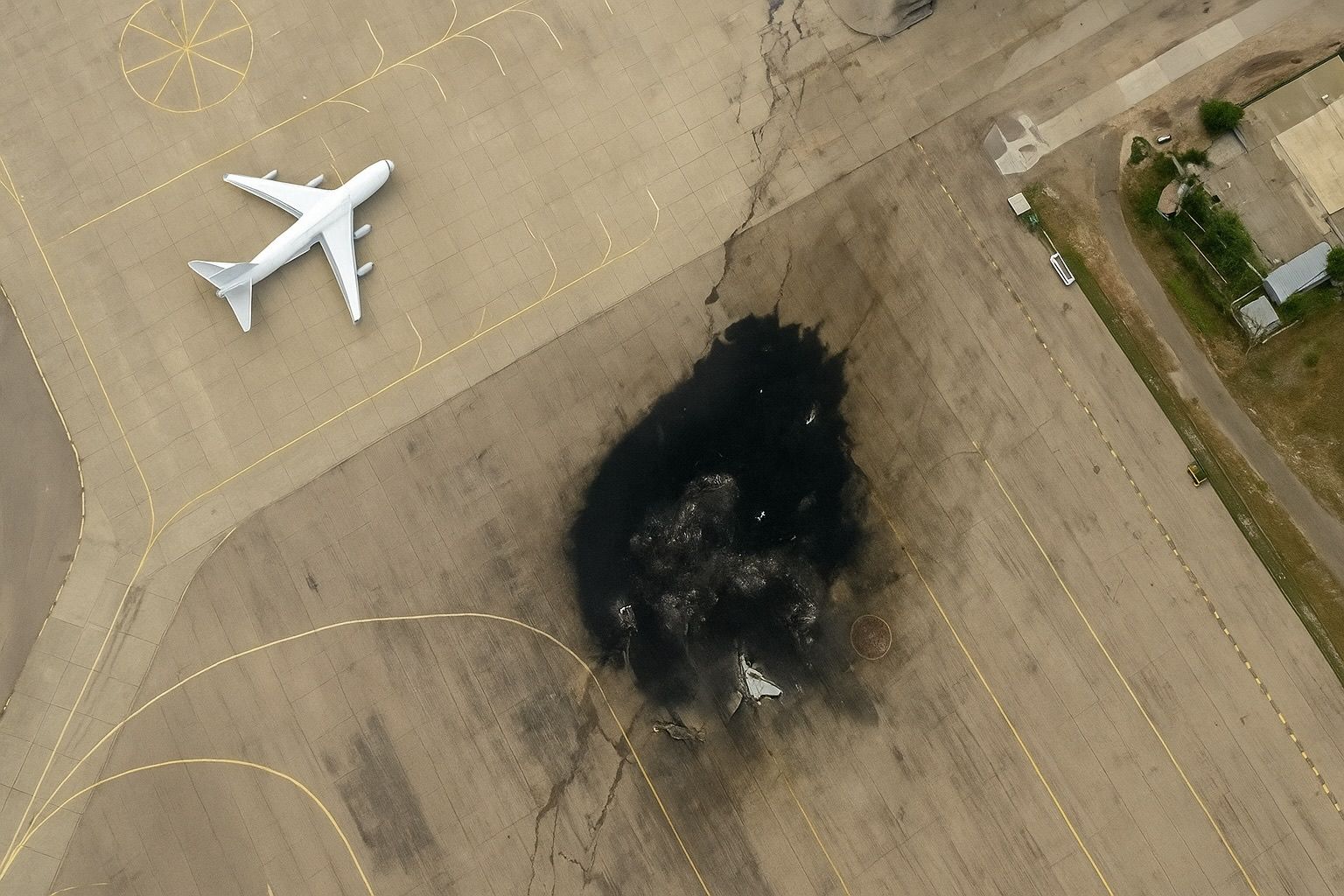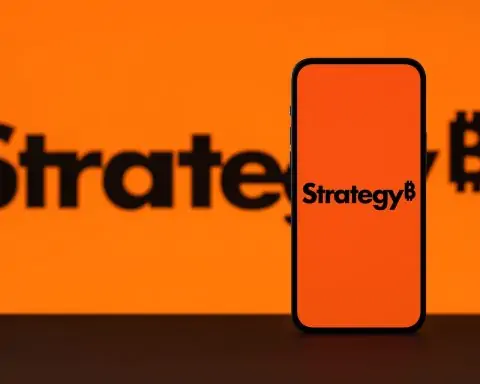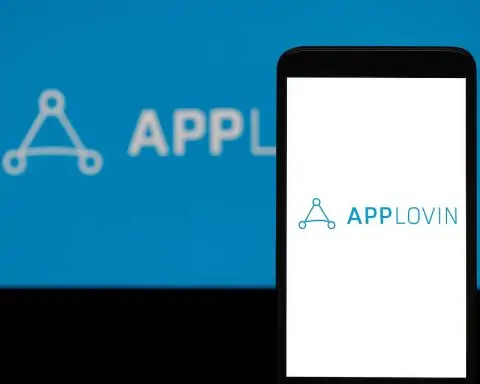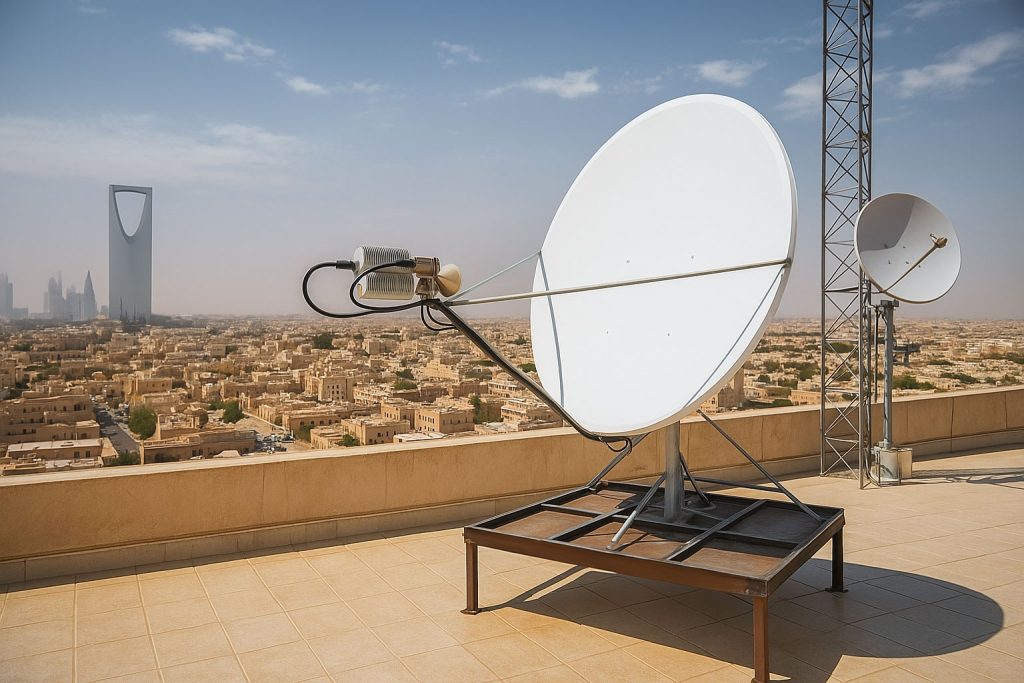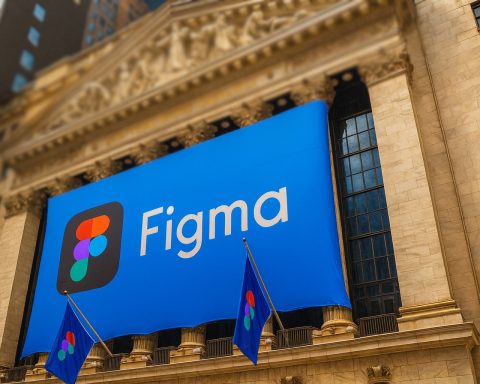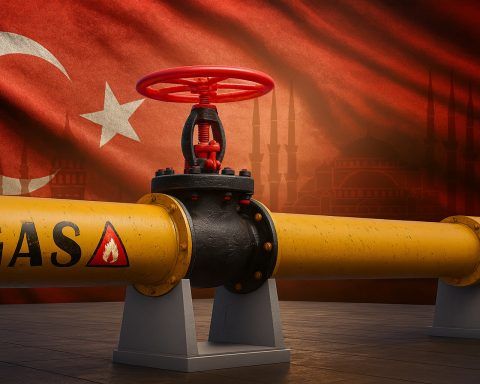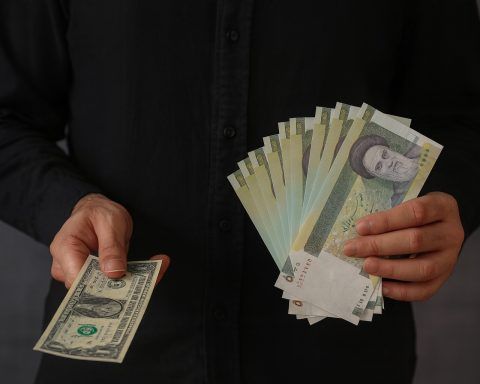- Maxar imagery taken 24 hours after Israel’s first wave shows two main halls at Natanz collapsed and scorch marks across adjoining centrifuge assembly buildings, while Isfahan reveals precision craters on the centrifuge‑production workshop.
- Photos published of the Arak/Khondab heavy‑water reactor show shrapnel holes in the under‑construction dome and distillation towers toppled at the neighbouring heavy‑water plant, with the IAEA saying the reactor was unfueled and thus no radiological consequences are expected.
- Breached tunnel portals at a Revolutionary Guard missile nest in Kermanshah, with scorched support buildings and earth‑moving equipment indicating rapid salvage.
- Israel’s target set and military logic centered on nuclear choke points—centrifuge workshops, heavy‑water production and related R&D labs—and long‑range strike nodes in Kermanshah and Khorramabad, with Tehran symbols hit to undermine leadership.
- Israel claimed the blitz has set back Iran’s bomb drive by two to three years and killed two senior Quds Force commanders.
- Iran launched nine ballistic salvos and swarms of one‑way drones, killing 24 civilians in Israel and wounding 592.
- Iran’s health ministry reported 430 dead and 3,500 injured from Israeli strikes.
- IAEA said there were no radiation leaks yet, but Rafael Grossi warned that repeated attacks could cause a Bushehr‑style meltdown if an operating reactor is hit.
- Tehran called European de‑escalation proposals unrealistic after talks in Geneva, while Turkey, Russia and China urged a ceasefire and Gulf monarchies weighed the risks.
- Trump set a two‑week deadline to decide on joining the campaign as the Pentagon moved B‑2 bombers to Guam and oil spiked above $115 a barrel.
A new tranche of commercial satellite shots has torn the secrecy veil from Israel’s eight‑day air war inside Iran, confirming crippling damage to nuclear, missile and command sites. Independent analysts say Tehran’s premier heavy‑water reactor complex, multiple centrifuge workshops and at least two hardened missile bases have been “neutralised,” while Iranian retaliation has peppered Israeli cities with more than 450 rockets. Below is a deep‑dive that stitches the imagery to on‑the‑ground reporting, expert testimony and UN nuclear‑safety warnings to show how the campaign is reshaping the Middle East chessboard.
1. What the Latest Satellites Show
1.1 Natanz and Isfahan enrichment hubs
Maxar imagery taken 24 hours after Israel’s first wave shows two main halls at Natanz collapsed and scorch marks across adjoining centrifuge assembly buildings [1]. Similar frames over Isfahan reveal precision craters on the centrifuge‑production workshop that IAEA inspectors visited in 2023 [2] [3].
1.2 Arak/Khondab heavy‑water reactor
Photos published by USA Today and RFE/RL capture shrapnel holes in the under‑construction Khondab reactor dome and distillation towers toppled at the neighbouring heavy‑water plant [4] [5] [6]. IAEA chief Rafael Grossi told the UN Security Council that, because the reactor was empty of fuel, “no radiological consequences are expected” but warned that future hits on operating facilities would be “catastrophic” [7].
1.3 Missile and drone tunnels in Kermanshah
Haaretz and Guardian composite imagery pinpoint breached tunnel portals at a Revolutionary Guard missile nest in western Iran, with scorched support buildings and earth‑moving equipment indicating rapid salvage attempts [8] [9].
2. Israel’s Target Set and Military Logic
- Nuclear choke points – Israeli planners focused on centrifuge workshops, heavy‑water production and R&D labs that cannot be rebuilt quickly even if deeper, hardened halls like Fordow survive [10] [11].
- Long‑range strike nodes – Raids on Kermanshah and Khorramabad sought to clip Iran’s solid‑fuel missile arm that threatens the Israeli heartland [12].
- Regime symbols – Attacks in Tehran hit police HQ, state‑TV studios and IRGC command apartments, signalling a psychological front aimed at “undermining Supreme Leader Ali Khamenei’s rule,” according to a special Reuters analysis [13].
Israel claims the blitz has “set back Iran’s bomb drive by two to three years” and killed two senior Quds Force commanders [14].
3. Iran’s Response So Far
Iran has launched nine ballistic salvos and swarms of one‑way drones, killing 24 civilians in Israel and wounding 592, while its own health ministry reports 430 dead and 3,500 injured from Israeli strikes [15] [16]. Iranian President Masoud Pezeshkian vowed “more devastating retaliation,” yet the IRGC’s ability to saturate Israel appears blunted compared with Hezbollah’s past barrages [17].
4. Nuclear‑Safety and Environmental Risks
- IAEA verdict: No radiation leaks to date, but Grossi cautions that repeated attacks magnify the risk of a Bushehr‑style meltdown if an operating reactor is hit [18] [19].
- Regional anxiety: Gulf states pressed Grossi over fallout fears; Qatar called damage to Iranian facilities “dangerous for the whole Gulf” [20].
- Israeli assurance: An IDF spokesperson told Times of Israel that only non‑fuelled units were struck and that any “collateral” at hospitals was accidental [21].
5. What the Experts Say
“Israel is trying to cause permanent harm to the Islamic Republic’s military capability, not just pause the nuclear clock,”
— Dr Heather Williams, RAND Corporation [22]
“Bombing Fordo would put the United States in Iran’s sights and could yank Washington back into the regime‑change business,”
— Amb. Dennis Ross, former US peace envoy, in Politico [23]
“My gut feeling is the Iranian regime is more stable than suggested… you can’t remove proliferation know‑how with a bomb,”
— Prof. Toby Dodge, London School of Economics, in The Guardian [24]
RAND strategist Raphael Cohen adds that any strike “only delays—rather than permanently stops—Iran’s nuclear program,” underscoring the risk of a regional nuclear cascade if diplomacy fails [25].
6. Regional and Global Fallout
6.1 Diplomatic Chess
- Tehran branded European de‑escalation proposals “unrealistic” after talks in Geneva [26].
- Turkey, Russia and China demand an immediate ceasefire, while Gulf monarchies weigh the merits of a weakened Iran against the spectre of chaos [27].
6.2 U.S. Decision Point
President Donald Trump has given himself “two weeks” to decide on joining the campaign; the Pentagon has already moved B‑2 stealth bombers to Guam [28]. Eight national‑security luminaries surveyed by Politico warn that U.S. strikes could range from limited bunker busting to an oil‑price‑spiking regional war [29].
6.3 Energy Markets
Oil briefly spiked above $115 after the first Israeli wave and remains volatile on fears of Hormuz disruption, RAND economist Howard Shatz notes [30].
7. Scenarios for the Days Ahead
| Likely Path | Key Triggers | Expert Assessment |
|---|---|---|
| Short pause, back‑channel talks | U.S.–EU pressure plus IAEA inspections | “Vanishing diplomatic off‑ramp” but still possible—Middle East Institute [31] |
| Protracted tit‑for‑tat | Iran taps proxies; Israel keeps air superiority | Highest probability; raises risk to Gulf oil flows (Politico panel) [32] |
| Full U.S. entry & Fordo strike | Trump authorises MOP bunker‑busters | Could “broaden the conflict and deepen Iranian determination” (Ross) [33] |
| Regime collapse spiral | Sustained Israeli pressure + internal unrest | Reuters notes Israeli intent to “break foundations of Khamenei’s rule,” but analysts see low chance of near‑term collapse [34] [35] |
8. Bottom Line
The satellite pictures leave little doubt that Israel has scored a major operational success, crippling critical nodes of Iran’s nuclear and missile network. Yet the strategic payoff remains uncertain: enrichment know‑how is portable, Tehran still fields thousands of missiles, and overt war has pushed Washington and Gulf capitals to a perilous crossroads between escalation and diplomacy. As Professor Dodge reminds, “technological modernisation and proliferation… can’t simply be removed with a bomb.” [36]
References
1. www.businessinsider.com, 2. www.reuters.com, 3. www.iaea.org, 4. eu.usatoday.com, 5. www.rferl.org, 6. www.reuters.com, 7. www.iaea.org, 8. www.haaretz.com, 9. www.theguardian.com, 10. www.timesofisrael.com, 11. www.theguardian.com, 12. www.reuters.com, 13. www.reuters.com, 14. www.theguardian.com, 15. www.reuters.com, 16. www.aljazeera.com, 17. www.theguardian.com, 18. www.iaea.org, 19. www.aljazeera.com, 20. www.reuters.com, 21. www.timesofisrael.com, 22. www.rand.org, 23. www.politico.com, 24. www.theguardian.com, 25. www.rand.org, 26. www.reuters.com, 27. www.reuters.com, 28. www.reuters.com, 29. www.politico.com, 30. www.rand.org, 31. www.mei.edu, 32. www.politico.com, 33. www.politico.com, 34. www.reuters.com, 35. www.theguardian.com, 36. www.theguardian.com
